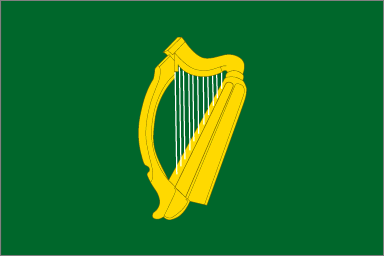 Last weekend Cork Astronomy Club went to Bath. At dinner on Friday night someone asked me for a party piece and after the customary show of reluctance I told the story of Midas the King and his asses ears, which was greeted, when I had finished, with a chorus of “Lowry Lynch!”
Last weekend Cork Astronomy Club went to Bath. At dinner on Friday night someone asked me for a party piece and after the customary show of reluctance I told the story of Midas the King and his asses ears, which was greeted, when I had finished, with a chorus of “Lowry Lynch!”The story of Lowry Lynch goes like this. King Lowry Lynch (or more correctly Labroid Lorca) had horse's ears, something he was concerned to keep quiet. To cover the horses ears he grew his hair long, and had it cut once a year. The barber, who was chosen by lot, was immediately put to death. A widow, hearing that her only son had been chosen to cut the king's hair, begged the king not to kill him. He agreed, so long as the barber kept his secret.
The burden of the secret was so heavy that the barber fell ill. A druid advised him to go to a crossroads and tell his secret to the first tree he came to, and he would be relieved of his burden and be well again. He told the secret to a large willow. Soon afterwards, Craiftine, the court poet and harper, chanced to break his harp, and needed a new one. Now it happens that the best tree for making a harp is a willow. And of what willow tree was the new harp made? Why, of the very tree the barber had told his secret to.
Whenever Craiftine played it, the harp sang "Lowry Lynch has horse's ears". Lowry Lynch repented of all the barbers he had put to death, and admitted his secret.
By way of comparison, you can find my own telling of Midas the King has asses ears in my collection of stories for children.
Clearly the two tales are essentially the same. I should like to find out the precise relationship. Was the story of Lowry Lynch, the horses ears and the harp written by someone who was familiar with Greek myths, and if so when? Or are the stories two instances of a folktale, and are other instances known?
 For example the Cinderella tale appears in the folklore of many cultures. I believe the earliest recorded version comes from China, written down in the middle of the ninth century of the Common Era, but probably already familiar to readers before that. It has a magical fish in place of a fairry godmother, and a golden shoe. I read somewhere (though I can't find the reference now) that in one Chinese version of the tale the two ugly sisters are forced to dance themselves to death wearing iron shoes on hot coals.
For example the Cinderella tale appears in the folklore of many cultures. I believe the earliest recorded version comes from China, written down in the middle of the ninth century of the Common Era, but probably already familiar to readers before that. It has a magical fish in place of a fairry godmother, and a golden shoe. I read somewhere (though I can't find the reference now) that in one Chinese version of the tale the two ugly sisters are forced to dance themselves to death wearing iron shoes on hot coals.References : a history of the Cinderella tale
Lowry Lynch in Answers.com.
I thought I had read the bit about the ugly sisters dancing on hot coals in the Opie book (image) but I've just glanced through my copy and I can't find it, so maybe I saw it somewhere else.
Hi Pete - this link has a Chinese version of the story, but it ends with the stepmother and sisters dying in a shower of stones!! Pretty brutal, especially given the matter-of-fact way their death is just mentioned in a throwaway final line!
ReplyDeletehttp://www.myseveralworlds.com/2007/08/02/yeh-shen-the-chinese-cinderella/